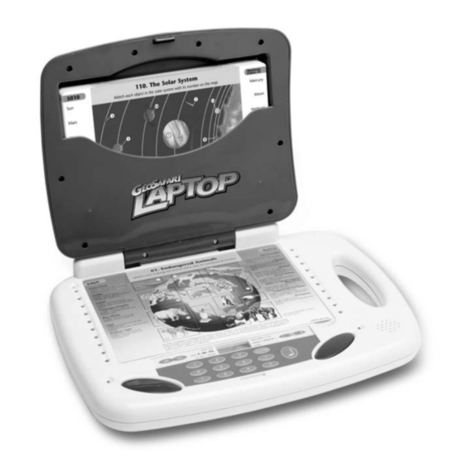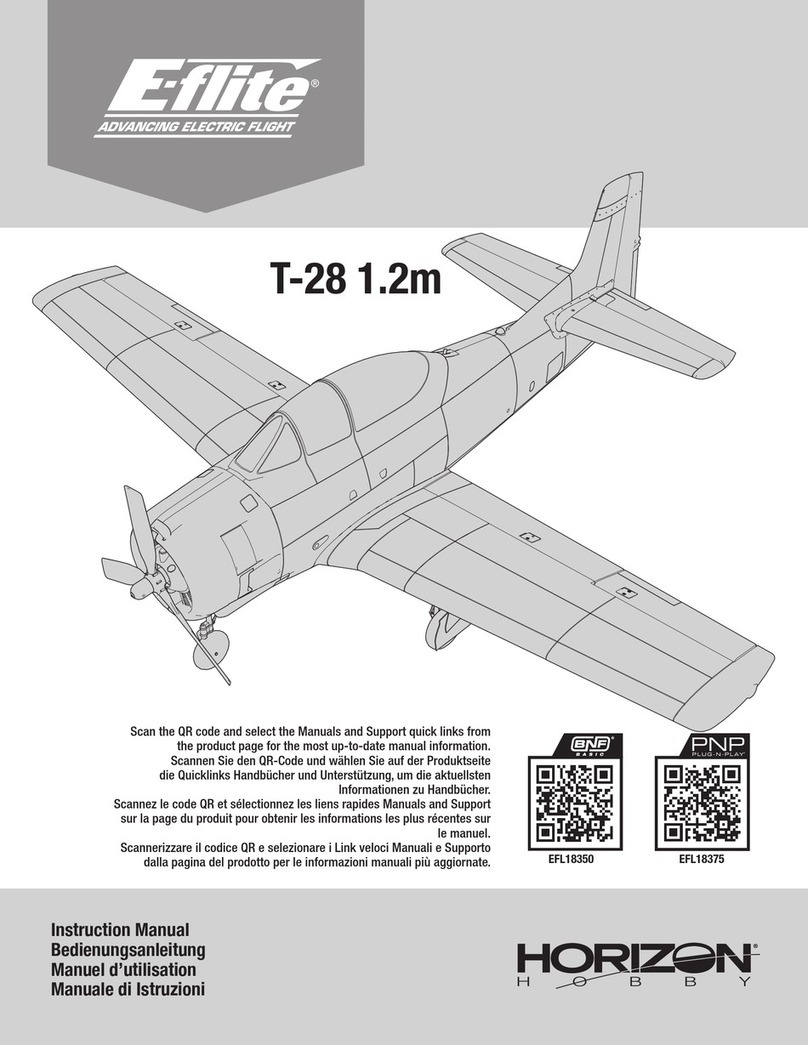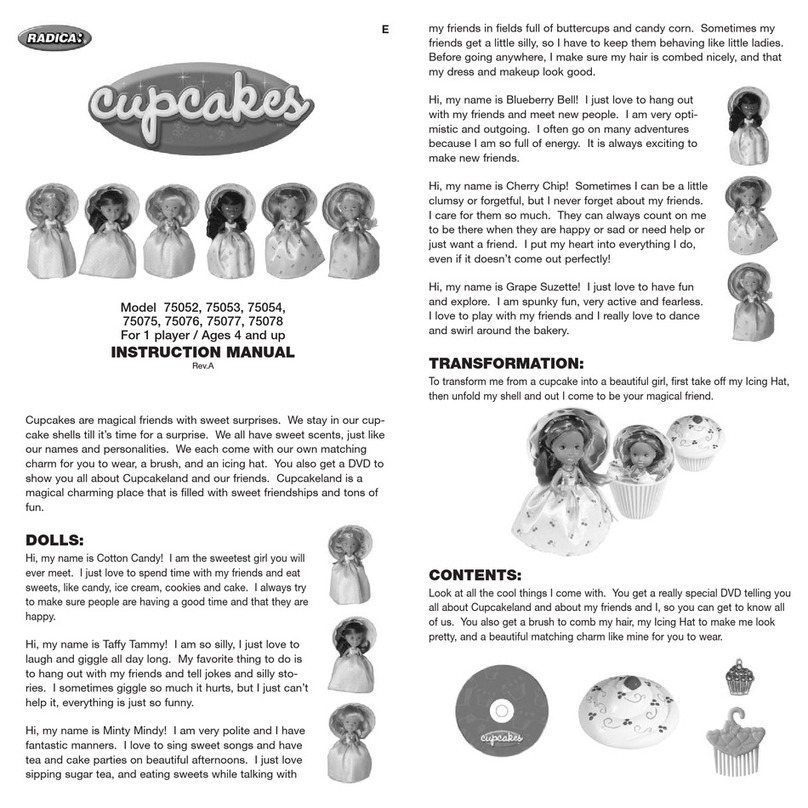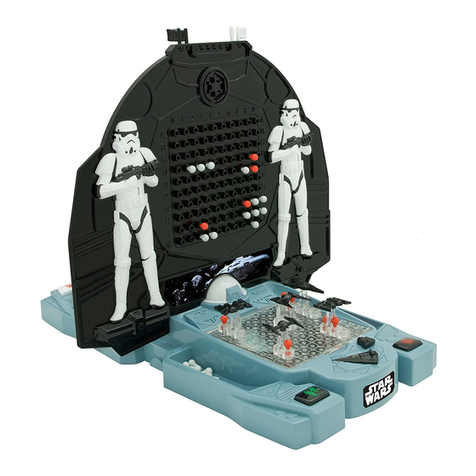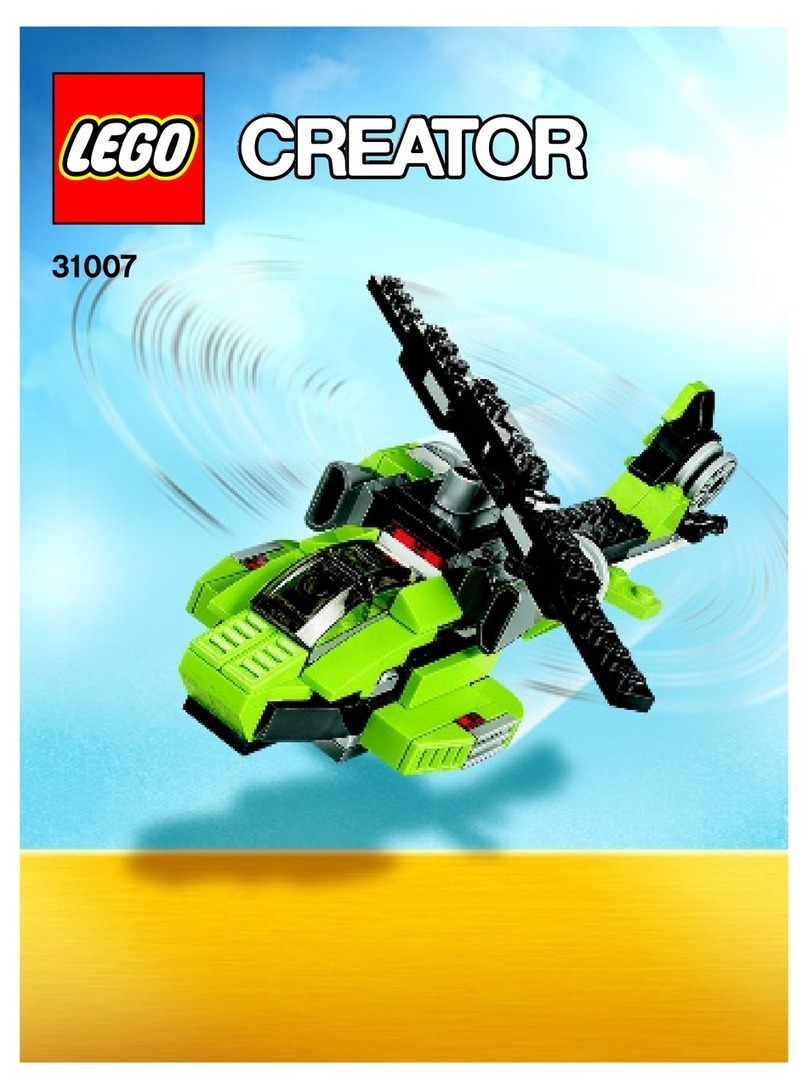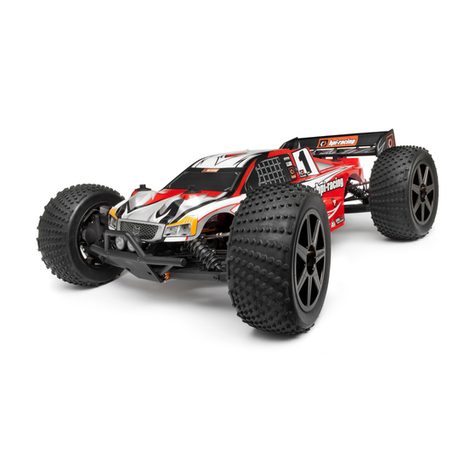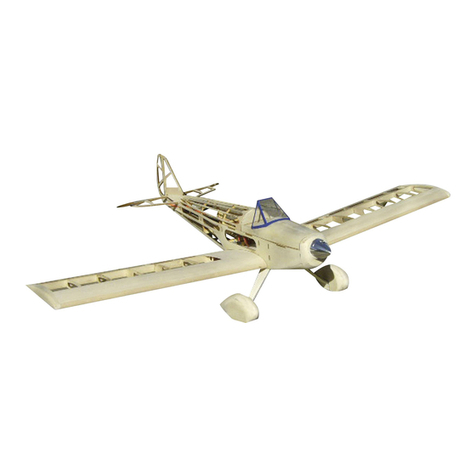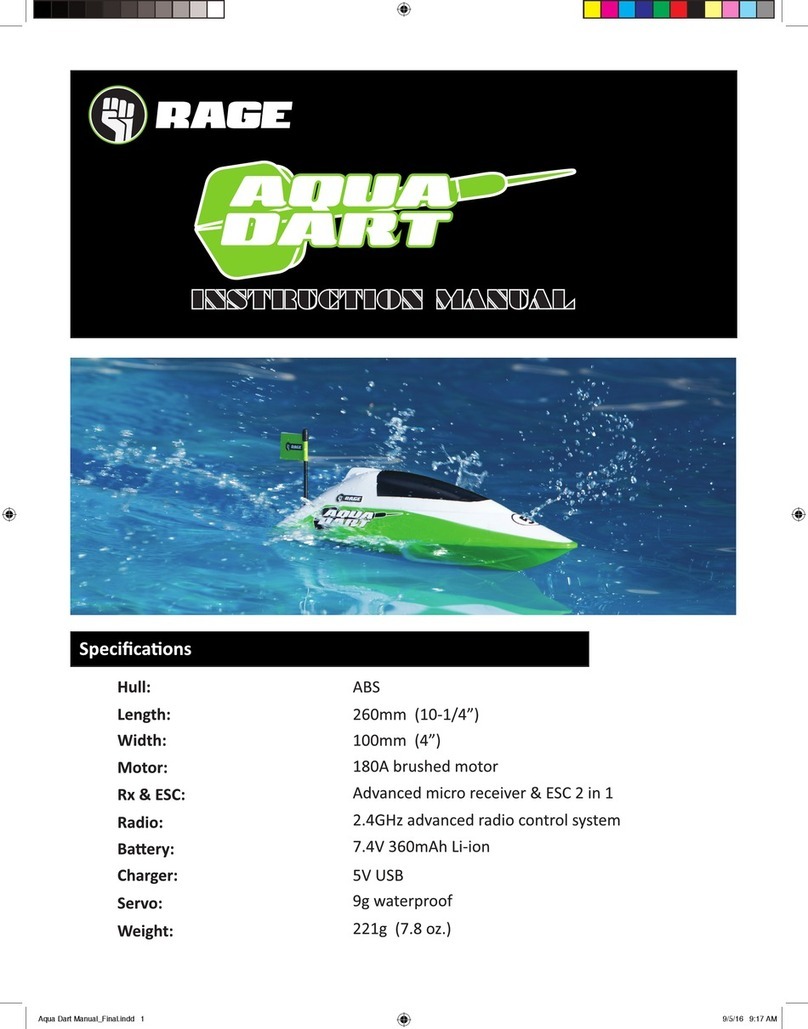GeoSafari Talking Planetary Mat User manual

Before You Begin:
1. Load 3 AA batteries in the control box on the bottom of the
platform. See the battery installation instructions at the end
of this guide.
2. Lay the GeoSafari® Talking Planetary Mat on the floor.
The mat and platform must lie on a flat hard surface in order
for it to function properly.
3. Turn the On/O switch (located underneath the platform)
to the On position.
4. Tap the platform with your foot to wake it up. The LCD will
display “CAL” while the platform calibrates the weight sensors.
5. Once calibration is complete, you will be prompted to start
using the GeoSafari Talking Planetary Mat.
Fact mode
Learn about
our solar system.
Game mode
Test your
knowledge.
Info screen
Your source
for information.
Platform
All explorers
start here.
Volume
To mute the audio,
turn the dial all the
way down.
On/Off switch
(underneath)
lb/kg switch
(underneath)
Toggle
between
measurement
systems.
Battery door
Located on the bottom
of the platform.
8+3+
Ages Grades
EI-5279

Using the GeoSafari® Talking Planetary Mat
The GeoSafari® Talking Planetary Mat has two modes: Explore (fact mode) and Mission
(game mode). We suggest starting in Explore mode, but you can press either button
to switch modes at any time.
Start on the Platform
Every new user needs to start on the platform so the unit can measure each student’s
weight. The student should stand still during the countdown for an accurate reading.
After the countdown, step on dierent celestial bodies to see your weight on the LCD
screen as you hear a fact about that destination. Listen up! These same facts will be used
as questions in Mission mode.
Follow the audio instructions. There are two modes of play.
1. Explore Mode
Step on the Explore button. While in Explore mode, you will see
your weight and hear a fact as you step on each celestial body.
2. Mission Mode
Step on the Mission button. This mode tests your knowledge
of the facts heard in Explore mode. Answer as many questions
as you can by stepping on the destination. Move quickly—you
have only 90 seconds to complete your mission. See and
hear your score at the end. Try to beat your own score.
Preflight Information
•Onlyonepersonshouldbestandingonanypartoftheplanet
mat at any time.
•TheGeoSafari®TalkingPlanetaryMathasacapacityof300poundsor136kilograms.
•Thereisa±3pound(±1.4kilogram)rateofaccuracyonthescale.
•Whenyoustepontothemat,thedigitaldisplaywillswitchorientationsoyoucanread
it correctly from the mat.
Postflight Information
•Toconservebatteries,theGeoSafari®TalkingPlanetaryMatwillgotosleepafter
45 seconds of inactivity. (Tap the platform to wake the unit from sleep, wait until the
platform finishes calibrating before using it.) To further conserve batteries, turn the unit
o using the On/O switch on the bottom of the platform. If you will not be using the
GeoSafari® Talking Planetary Mat for more than two weeks, remove the batteries.
Mass vs. Weight
The GeoSafari® Talking Planetary Mat measures weight. Students will generally identify
weight with size or bulk, so this is an excellent opportunity to explain the dierence between
mass and weight to your students.
Mass is how much matter something contains. The amount of matter in an object stays
the same regardless of where the object is measured.
Weight is how much gravity is pulling on an object. You would weigh less standing at the
top of a mountain than you would standing at sea level, because the pull of gravity
weakens as you get farther from the center of the earth.
If you go to another planet, your weight may change (so the scale reads dierently), but
you won’t look skinnier or fatter because you haven’t changed your mass. One way to
reduce your mass is to remove your spacesuit (but we wouldn’t recommend that).
Smaller planets have less gravity—they pull on you less so you weigh less.
Larger planets have more gravity—they pull on you more so you weigh more.
2 3
About Your Weight on Other Planets
Weight is determined by the mass of an object (the greater the mass, the stronger the pull
of gravity) and how strong the gravity is where the object is.
Gravity is the pull between any two objects. The strength of gravity depends on two
factors: distance and mass. The closer two objects are to each other, and the larger the
objects are, the greater the pull.
A big factor in how much you weigh on a planet is how far you (a mass) are from the
central mass of the planet. The gas giants are not very dense. If you could somehow stand
on the “surface” of the gas giants to weigh yourself, you would be standing pretty far from
the center of the planet. It might seem odd that your weight on Saturn is about the same
as it is on Earth, even though Saturn has 95 times the mass of Earth. That’s because the
mean density of Saturn is only one-eighth that of Earth. So, the “surface” of Saturn is far
from the center of the planet, and the gravity is weaker.
Mass is measured using
a balance, comparing
a known amount of
matter to an unknown
amount of matter.
Weight is
measured
using a scale.

Name:___________________________________________________ Date_______________
Find Your Weight Around the Solar System
The force of gravity on other worlds is dierent. This aects how much you would weigh if
you visited these worlds. Use the conversion rates to estimate how much you would weigh
on each planet or Earth’s moon.
Directions:
1. Press the Explore button, step on the scale, and wait for your weight to be measured.
2. Step onto Earth and record your weight.
My weight on Earth is _________ pounds or kilograms
3. Multiply your weight on Earth by the conversion rate listed in the data table.
Round the result to the nearest number.
Name:___________________________________________________ Date_______________
Find Your Weight Around the Solar System (cont.)
Example:
My weight on Earth is 110 pounds.
110
x .38
880
3300
41.80
Mercury .38
Celestial Body Conversion Rate:
One Small Step Further…
1. Find a planet where the surface gravitational attraction is similar to Earth’s.
2. Look carefully at the conversion rates in the chart. Which planet probably has the
greatest mass?
3. Someone said that the Moon’s gravity is of Earth’s gravity. Is that true?
Use the chart and math to explain why or why not.
Celestial Body Conversion
Rate:
Earth Weight x
Conversion Rate
Check the Math:
Check the Mat
Mercury .38
Venus .90
Earth’s Moon .17
Mars .38
Jupiter 2.36
Saturn .92
Uranus .89
Neptune 1.13
4. When finished, check your answers by weighing yourself on each celestial body
on the GeoSafari® Talking Planetary Mat. Fill in the last column on the Data Table.
Did your calculations match the weight on the scale?
© Educational Insights, Inc. © Educational Insights, Inc.
(circle one)
pounds
rounds to 42 pounds
42 pounds
Earth Weight x
Conversion Rate
Check the Math:
Check the Mat
1
6
Data Table

___Earth ___Earth’s Moon ___Jupiter
___Mars ___Mercury ___Neptune
___Saturn ___Uranus ___Venus
Name:___________________________________________________ Date_______________
I’d Like to Place an Order—I Mean, Order a Place…
Mass = amount of matter an object contains
Weight = measure of the force of gravity on an object
Gravity = the pull between any two objects
Now that we know the dierence between mass and weight, use your brain to order the
celestial bodies from least gravitational attraction to greatest gravitational attraction at the
planet’s surface. Number them from 1 to 8 (1 = least and 8 = most gravitational attraction).
Two of them tie, so give them the same number!
Hint: If you weigh less on another planet, you’re on a planet that has less gravitational
attraction at its surface than Earth. If you weigh more on a planet than on Earth, that means
the planet has greater gravitational attraction.
Name:___________________________________________________ Date_______________
Mass and Weight
Answer the following questions, using either mass or weight.
Mass = amount of matter an object contains
Weight = measure of the force of gravity on an object
1. The amount of matter in an object is called its __________________.
2. The force of gravity on an object is called its ___________________.
3. If you were to visit another planet, your _______________ would stay the same.
4. If you were to visit another planet, your _______________ would change.
5. If you double the mass of an object, you double the object’s ______________.
6.OnEarth,youcancomparethemassesofdierentobjectsbycomparing
their _________________________.
7. This is used to measure ___________________.
8. This is used to measure _____________________.
© Educational Insights, Inc. © Educational Insights, Inc.

Additional Activities using the GeoSafari® Talking Planetary Mat
The GeoSafari® Talking Planetary Mat is essentially a bathroom scale when you stand
on the Earth spot in Explore mode. There are many activities you can do with a scale.
Here are some ideas.
Guess How Much
Pick something in your classroom, like a stack of books, that a student can easily hold.
(Itemshouldbegreaterthan6lb.)Askthestudents,“Whatdoyouthinkitweighs?”
1. Ask students to weigh themselves. They will press the Explore button, step on the platform,
and when the countdown is finished, step on the Earth picture to view their weight.
2. Repeat Step 1 while holding an item from your classroom.
3. Subtract the student’s weight from the combined weight (Step 2) to find the weight of
the item.
4. Weigh 5 items this way.
5. Write the following table on the board and have students copy it for their own
investigation.
6.Createagraphshowingitemsfromlightesttoheaviest.
Challenge! Be Ready for the International Space Station
The International Space Station was built in over a dozen countries—250 miles above Earth.
All the pieces of the station fit together on the very first try. The engineers used
the metric system as the standard form of measurement.
Have the students convert the weight of their items from pounds into kilograms.
1. Calculate how much that item would weigh in kilograms (1 kg = 2.2 lb).
Round to the nearest kilogram.
2. Check work by flipping the lb/kg switch to kg. Ask students to weigh themselves and the
items again to check their math.
____ 1. solar eclipse
____ 2. lunar eclipse
____ 3. axis
____ 4. crater
____ 5. planet
____ 6. lunar phase
____ 7. solar system
____ 8. galaxy
____ 9. rotate
____ 10. orbit
____ 11. mass
____ 12. gravity
Name:___________________________________________________ Date_______________
Space Vocabulary
Match the vocabulary word on the left to its definition on the right.
A. a hole that is shaped like a bowl
B. a huge group of stars
C. a large, ball-shaped object that
revolves, or travels, around any star
E. an imaginary line going through the North
and South Poles, around which Earth spins
D. Earth’s shadow blocks the sun
from shining on the moon
F. the amount of matter in an object
G. the Moon comes between Earth and
the Sun and casts a shadow on Earth
H. a pulling force between any two objects
I. the shape of the lighted part of the moon
J. the Sun, the planets and their moons,
and other objects that orbit the Sun
K. spins on its axis
L. the path an object takes as it revolves
around another object
© Educational Insights, Inc. © Educational Insights, Inc.
I
Objects’s Weight
(My Weight + Object) - My Weight
My Weight My Weight + Object
Pounds
Object’s
Weight
Object’s weight
rounded to the
nearest kg Kilograms
Object’s
Weight
Kilograms
My Weight
Kilograms
My Weight + Object
Kilograms
(My Weight + Object)
- My weight
2.2 lb = 1 kg
My Calculations
textbook 8 lb 8 lb ÷ 2.2
= 3.6 kg 4 kg
Check your calculation
(example)
Object
Note:TheGeoSafariTalkingPlanetaryMatisaccurateto±3lb,sopleaseallowforupto6lbdierencebetweenyourcalculationsandtheactualweightoftheobject.

Appendix-Answer Key
Mass and Weight
1. The amount of matter in an object is called its mass.
2. The force of gravity on an object is called its weight.
3. When you visit another planet, your mass stays the same.
4. When you visit another planet, your weight changes.
5. If you double the mass of an object, you double the object’s weight.
6.OnEarth,youcancomparethemassesofdierentobjectsbycomparingtheirweight.
7. This is used to measure weight.
8. This is used to measure mass.
Find Your Weight Around the Solar System
Answers for the table will vary based on the student’s weight. Remember that the scale
isaccurateto±3pounds,±1.4kilograms,socalculationsmaybeclosebutnotidenticalin
some cases.
One Small Step Further:
1. Find a planet where the surface gravitational attraction is similar to Earth’s.
Saturn, Venus, and/or Uranus in descending order.
2.
Look carefully at the conversion rates in the chart. Which planet probably has the greatest mass?
Jupiter has the greatest mass. Notice that it has the highest conversion rate.
3. Someone said that the Moon’s gravity is of Earth’s gravity. Is that true? Use the chart
and math to explain why or why not.
It is approximately true. The conversion rate 0.17 is approximately equal to .
Multiplyingtheconversionrateby6givesusslightlymorethanonewhole:17x6=1.02
I’d Like to Place an Order—I mean, Order a Place…
1.Earth’sMoon,2.Mars&Mercury(tied),3.Uranus,4.Venus,5.Saturn,6.Earth,
7. Neptune, 8. Jupiter
Space Vocabulary
1. G
2. D
3. E
4. A
5. C
6. I
7. J
8. B
9. K
10. L
11. F
12. H
Battery Installation and Instructions
1. Open the battery compartment door by
carefully loosening the screw with
a screwdriver.
2. Install three fresh AA batteries following the
illustration inside the battery compartment.
•Donotuserechargeablebatteries.
•Donotmixoldandnewbatteries.
•Donotmixdierenttypesofbatteries:
alkaline, standard (carbon zinc), or
rechargeable (nickel-cadmium) batteries.
•Donotrechargenonrechargeablebatteries.
•Removerechargeablebatteriesfromthetoybeforerecharging.
•Onlychargerechargeablebatteriesunderadultsupervision.
•Onlyusebatteriesofthesameorequivalenttypeasrecommended.
•Insertbatterieswiththecorrectpolarity.
•Removeexhaustedbatteriesfromtheunit.
•Donotshort-circuitthesupplyterminals.
•Topreventcorrosionandpossibledamagetotheproduct,werecommendremoving
the batteries from the unit if it will not be used for more than two weeks.
3. Close the compartment door and tighten the screw.
10 11
© Educational Insights, Inc.
1
6
FCC Warning
Note: This equipment has been tested and found to comply with the limits for a Class B digital device,
pursuant to Part 15 of the FCC Rules. These limits are designed to provide reasonable protection against
harmful interference in a residential installation. This equipment generates, uses, and can radiate radio
frequency energy and, if not installed and used in accordance with the instructions, may cause harmful
interference to radio communications. However, there is no guarantee that interference will not occur in a
particular installation. If this equipment does cause harmful interference to radio or television reception,
which can be determined by turning the equipment o and on, the user is encouraged to try to correct the
interference by one or more of the following measures:
•Reorientorrelocatethereceivingantenna.
•Increasetheseparationbetweentheequipmentandreceiver.
•Consultthedealeroranexperiencedradio/TVtechnicianforhelp.
Note: The user is cautioned that changes and modifications made to the equipment without the approval
of manufacturer could void the user’s authority to operate this equipment.
1
6
Other GeoSafari Toy manuals
Popular Toy manuals by other brands

Fisher-Price
Fisher-Price Imaginext DRM07 instruction sheet

Eduard
Eduard Weekend Hanriot HD.2 quick start guide
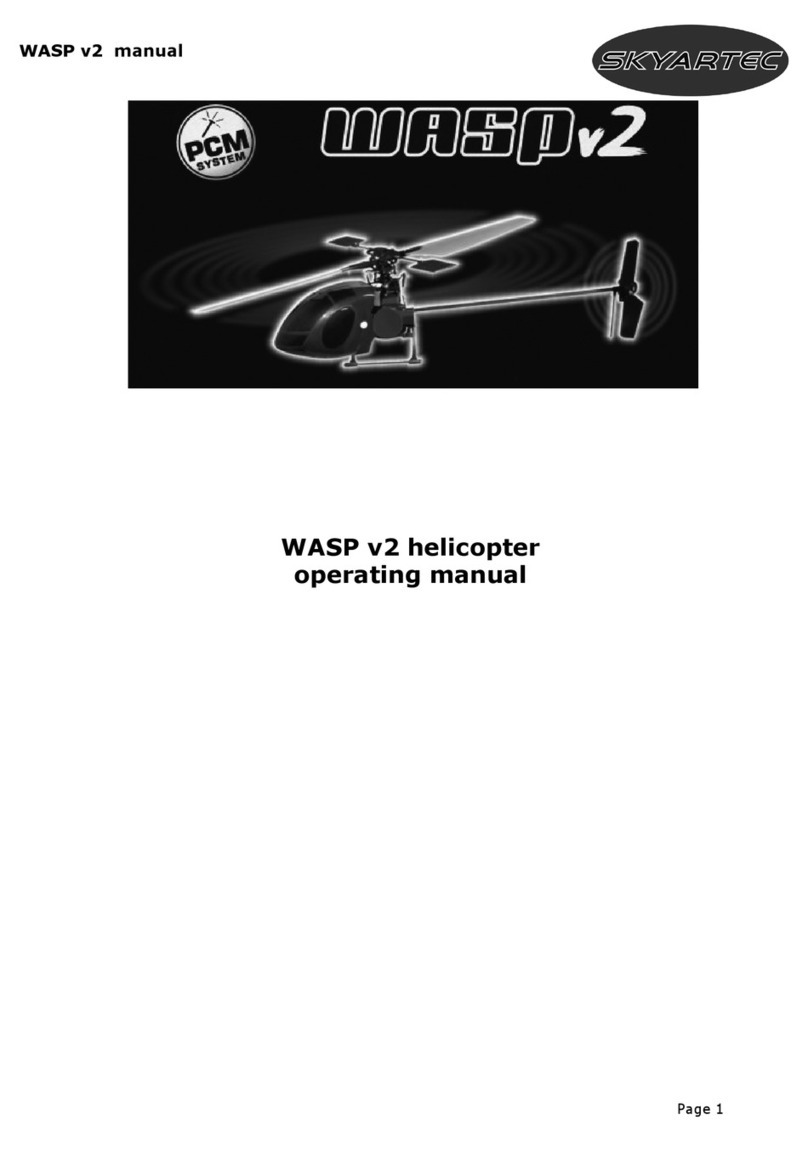
SkyArtec
SkyArtec WASP v2 operating manual
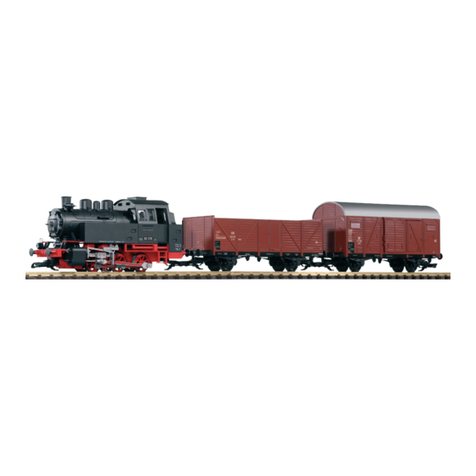
PIKO
PIKO BR 80 manual
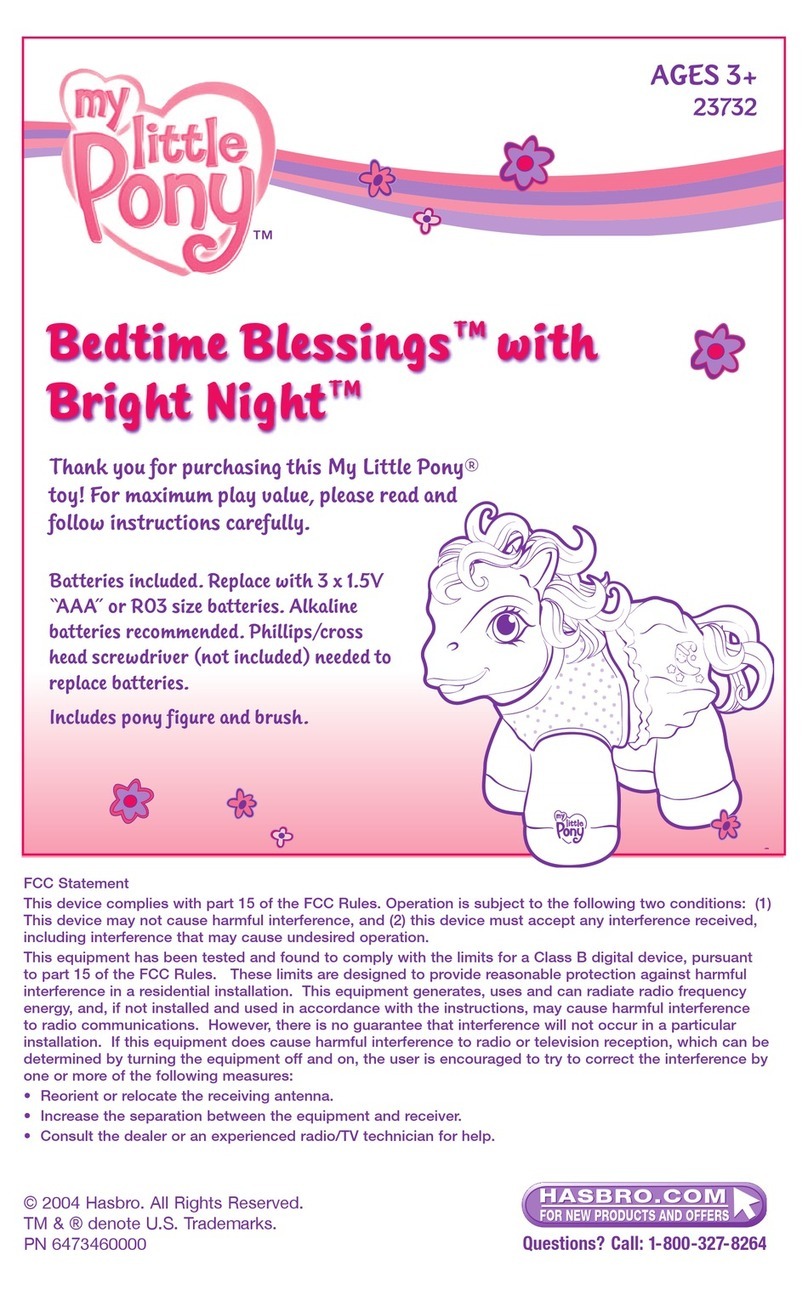
Hasbro
Hasbro Bedtime Blessings with Bright Night 23732 instruction manual

VTech Baby
VTech Baby Baby's First Storytime Rhymes user manual

